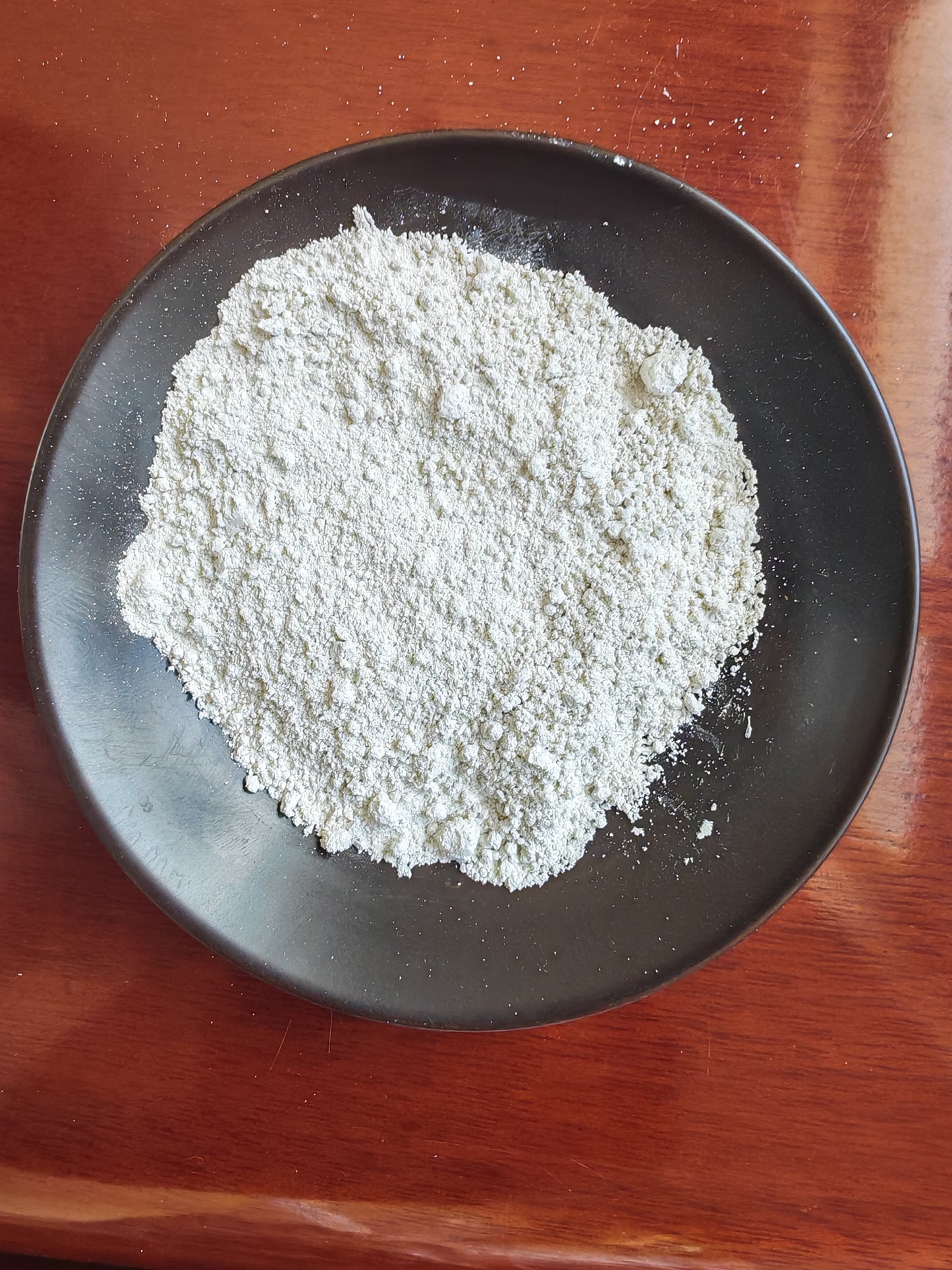1
/
of
1
1000 in stock
Coating-grade 2000-mesh shell flour
Coating-grade 2000-mesh shell flour
Regular price
$4,000.00 USD
Regular price
$4,500.00 USD
Sale price
$4,000.00 USD
For coating-grade shell powder, different mesh sizes result in variations in particle size and performance, which in turn lead to differences in practical application scenarios. The following are the practical applications and distinctions of shell powder with mesh sizes of 500, 800, 1250, and 2000:
Practical Applications
- 500-mesh shell powder: Can be used as fine shell powder in coatings such as interior wall paints. When mixed with coarse shell powder, it can ensure the performance of the coating to a certain extent while reducing costs.
- 800-mesh shell powder: It is a commonly used mesh size and widely applied in interior wall coatings. For example, in wear-resistant and water-resistant shell powder wall coatings, 800-mesh high-temperature calcined shell powder is one of the main components. This coating has a microporous structure, enabling exchange with indoor air, and possesses characteristics such as antibacterial properties, wear resistance, water resistance, and strong durability.
- 1250-mesh shell powder: Applicable in the coating field, it can provide good filling property and smoothness to coatings. It is suitable for coating products with high requirements on surface quality, such as some high-quality interior wall paints or industrial coatings.
- 2000-mesh shell powder: Often used in high-end artistic coatings. For instance, in sheepskin-like shell powder artistic coatings, replacing part of the powder with calcined shell powder of 2000 mesh or above can improve the hand feel and environmental friendliness of the artistic coating. It gives the wall a unique sheepskin texture, which is smooth and soft, visually brightening and expanding the space. Additionally, the paint film has elasticity, is washable, and easy to maintain.
Distinctions
- Particle fineness: The higher the mesh size, the finer the shell powder particles. 500-mesh shell powder has relatively coarse particles, followed by 800-mesh, then 1250-mesh (finer), and 2000-mesh (extremely fine).
- Coating performance: Due to its coarser particles, 500-mesh shell powder may provide good filling property and a certain texture to the coating, but its surface smoothness may be slightly poor. 800-mesh shell powder achieves a balance between filling property and smoothness, enabling the coating to have good comprehensive performance. Thanks to their high fineness, 1250-mesh and 2000-mesh shell powder can make the coating surface smoother and flatter with a better hand feel, while potentially enhancing properties such as the coating's washability and weather resistance.
- Application scenarios: 500-mesh and 800-mesh shell powder are often used in fields like ordinary interior wall coatings and primers, where a balance between cost and performance is required. 1250-mesh and 2000-mesh shell powder, on the other hand, are more applied in scenarios such as high-end coatings and artistic coatings, which have high requirements for quality and decorative effects.
- Production cost: Generally, the higher the mesh size, the greater the difficulty in the production and processing of shell powder, and the relatively higher the cost. Therefore, when selecting the mesh size of shell powder, comprehensive consideration should be given to the performance requirements of the coating and the cost budget.
Key Notes on Terminology
- (mesh): A unit used to describe the fineness of powder particles, referring to the number of holes per square inch of a sieve. The higher the mesh number, the smaller the particle size.
- (high-temperature calcination): A thermal processing technology that heats shell powder to a high temperature to improve its physical and chemical properties, enhancing its compatibility with coatings.
- (microporous structure): A porous structure with small pores, which is crucial for the coating's air permeability and adsorption performance.

contact us


